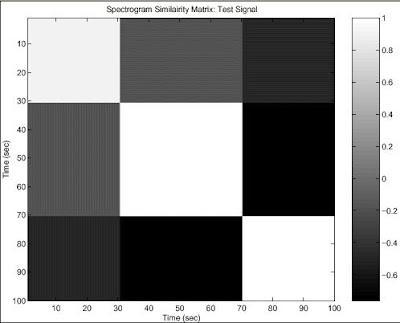Stem and leaf plots are yet another way of visually representing the distribution of data. The data is divided so that the "leaf" (last digit) of a value is grouped with other "leaves" from the same "stem" (the second to last digit). When displayed graphically in this way, it is easy to find the mean, median, and mode of the data, as well as make any observations about the way it is distributed. In the example of a stem and leaf plot above, the distribution of adult heights (out of a 200 person sample) is shown. The majority of the people accounted for fall between 62 and 72 inches tall. There is a spike at 67 and 68 inches tall, suggesting that the average height of all people in that region would be close to one of those values. Stem and leaf plots can be very useful tools in plotting the distribution of spatial data.

